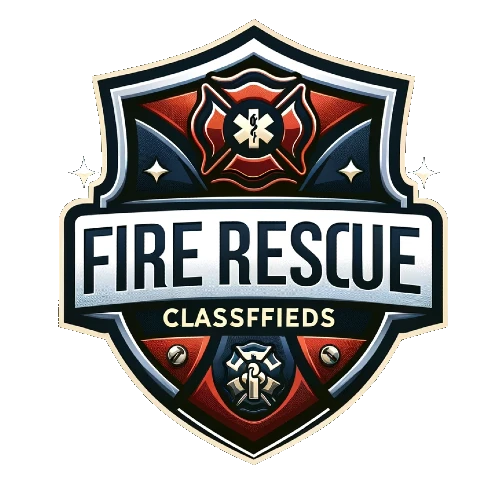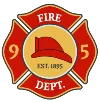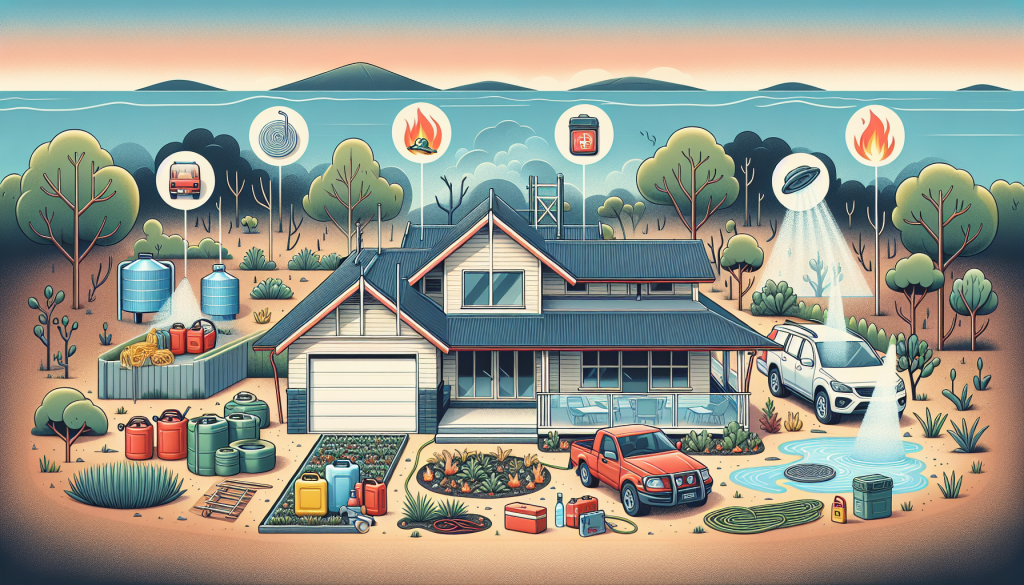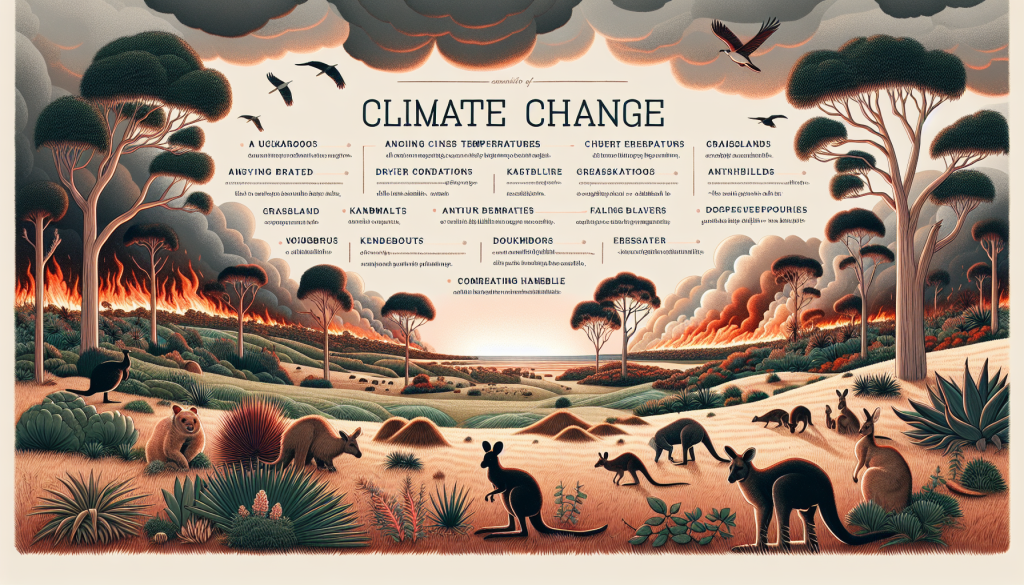Now Reading: Safety During Bushfires- Leave Early or Stay and Defend
- 01
Safety During Bushfires- Leave Early or Stay and Defend
Safety During Bushfires- Leave Early or Stay and Defend

Fire accidents are common in the Australian state. The territory fire authorities, therefore, have come up with policies that require people to stay and defend their homes from bushfires or leave before the fire reaches their homes. There is reliable evidence proofing that it is possible to save the well-prepared houses from the fire. The late evacuation, however, can be a dangerous action to take. The paper in pages 42-50 represents a summary of the policy’s guidelines on how to deal with bushfire. One safety during bushfires may depend on knowledge and associate reactions to the situation.
According to the policy, homeowners must access the appropriate information to make informed decisions regarding the matter. As a homeowner, there are a variety of factors that one should consider for safety during bushfires, and they include; how the construction, maintenance, and preparedness of the home are to withstand bushfires.
That consists of the availability of types of equipment used to fight the fire. The homeowner should also consider having a contingency plan, which works as an alternative when the light becomes more intense (McLennan, Paton, & Beatson, 2019).
Physical and emotional affects of safety during bushfires
One needs to check his or her physical, emotional, and mental fitness to handle the impact that comes along with the bushfire. These three factors are primary and aid the homeowner to make an informed decision.
The policy does also require homeowners to know about their triggers. Each individual would have his or her triggers as one need what works for him and his family. Using fire danger ratings would also be a perfect way to predict the threat of a bushfire occurring.
Total fire ban or the TFB is a prevention measure that happens in areas that expect fire weather conditions. It prohibits the lighting of any fires in open places.
Bushfire Warning Systems
After a fire starts, the Department of Fire and Emergency Services, DFES (or CFA, CFS etc), issues warnings to alert the community of significant incidents that threaten lives or properties. The warning comes in levels which include:
| Emergency warning: | In this stage, the fire is dangerous, and one needs to leave the premises immediately. | Watch and Act: | Here the fire is spreading and the homeowners need to prepare to fight it back or leave. |
| Advice level: | Here is when the fire starts and has no threats to the community. | All clear: | It means that the fire is under control. It is good, however for the homeowners to stay alert. |
| Standard Emergency : | Warning Signal occurs when the fire is hazardous, while the Emergency Alert signals the possibility of lives being in danger in the neighborhood. | ||

Leaving for safety
Leaving for safety
Seeking safety elsewhere is useful, especially if one doubt his confidence in handling the fire. When one has little children or the conditions are extreme, it is also advisable to leave the premises. When one decides to withdraw, he or she should depart immediately as bushfire spread more quickly (McLennan, Paton, & Beatson, 2019). One must make sure not to drive through the smokes as it can cause serious accidents. Wearing woolen blankets and carrying some drinking water is also a piece of great advice.
Defending the home
At times, one may decide to stay and protect his or her home. This is possible if one is in the right health and the supply of the needed emergency types of equipment and water supplies is available. Staying in a house well prepared to fight the fire could be a better option than running from the smokes (McLennan, Paton, & Beatson, 2019). Protecting a home from bush fire is a dangerous activity and should be for those who have fire fighting skills. I cant emphasis how important it is to maintain safety during bushfires, your life may depend on it.
Deciding to stay and fight the fires needs one to wear the protective gears. These include natural fibers, hats, gloves, long trousers, boots, long-sleeve shirts, and eye protection. The clothes should be of pure wool or heavy cotton. One also needs to have all the right types of equipment, including a torch, hoses, buckets, ladder, knapsack spray, shovels, rakes, and hoes.
When the fire comes
One can protect the home from fire by closing all the openings and taking all the furniture outside. Removing flammable fuels, mats, and clothes outside is also ideal. Keep the water flowing and fill the gutters with water (McLennan, Paton, & Beatson, 2019).
Turnoffs the electricity from the main switches, and maintain close looks on all the rooms. After the fire ends pour waters all over the surrounding grounds to make sure the fire is entirely off. Stay alert in case of small fire ignitions.

When fire comes!!!!
Last Resort
When the fire ignites, the best place to be is far from the flames. One can use a safer place if he fails to fight the fires or is unable to continue driving. When in a safe place, one should continue monitoring the fire condition. Make sure the windows and doors are fireproof and sealed.
References
McLennan, J., Paton, D., & Beatson, R. (2019). Psychological differences between south-eastern Australian householders’ who intend to leave if threatened by a wildfire and those who intend to stay and defend. International Journal of Disaster Risk Reduction , 11, 35-46.



























